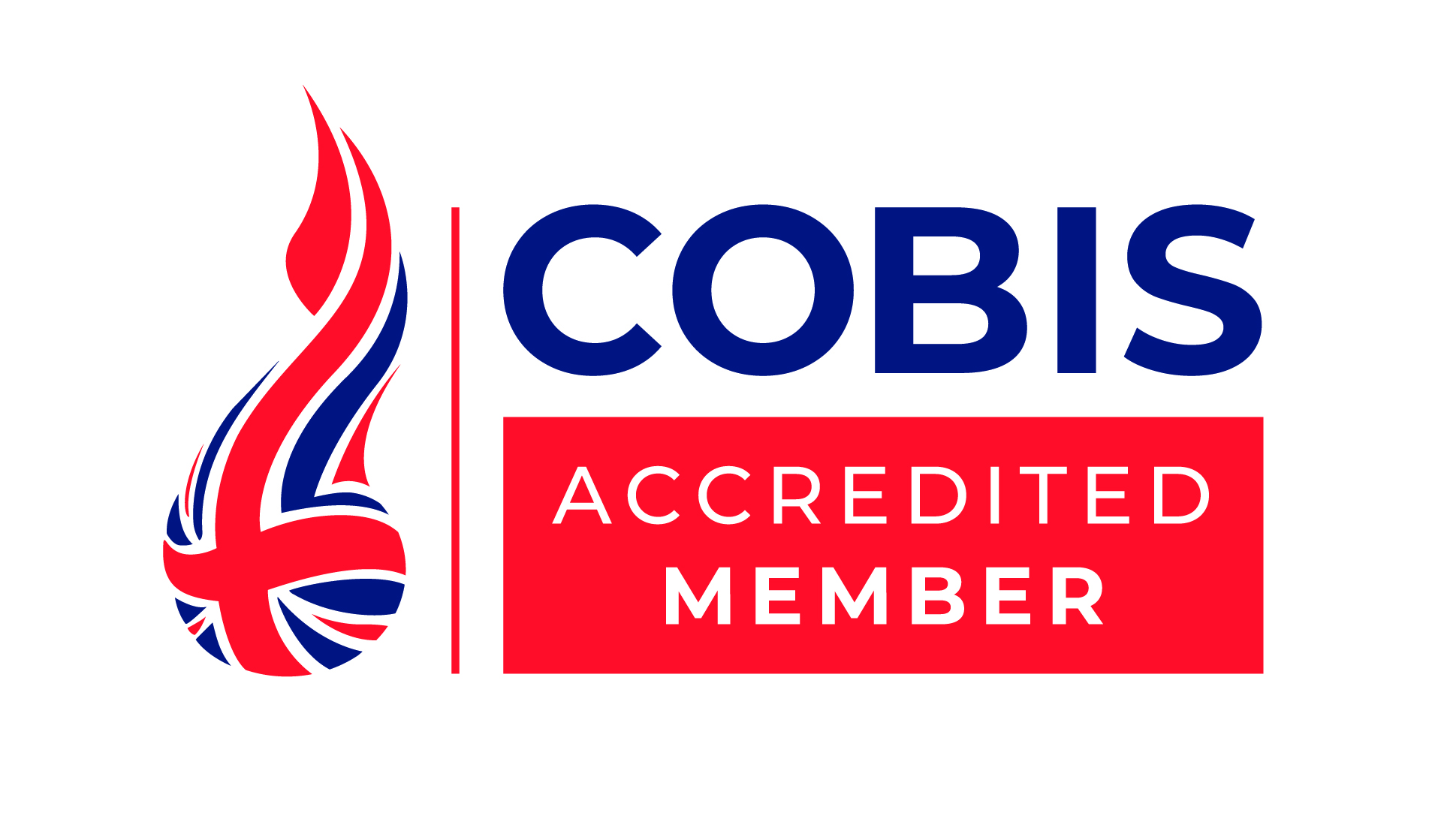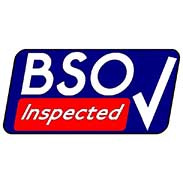The key to managing long-term notes payable within liabilities is to strike a balance between leveraging the debt for growth while ensuring it does not compromise the company’s financial health. Notes payable represent a formal promise to repay a borrowed sum of money, typically accompanied by interest payments. These promissory notes are crucial for businesses seeking additional financing, whether for short-term working capital needs or for long-term investments. This post will explore the different types of notes payable, their key features, and the importance of effective management. As previously discussed, the difference between a short-term note and a long-term note is the length of time to maturity.
Notes payable vs accounts payable
Below is the journal entry for the interest expense and principal payment. Let’s assume that ABC Co has obtained a note from a commercial bank to borrow $50,000 in order to buy renovate its building. The note is at an interest of 8% with the installment of six annual payments on both principal and interest. The $50 monthly interest payments will be recorded as a $50 debit to Interest Payable and as a $50 credit to the Cash account. Both Notes Payable and Accounts Payable are liabilities recorded on a company’s balance sheet.
This structure is useful when a business expects increased cash flow in the future (e.g., from seasonal revenue, asset sales, or investment returns). As the length of time to maturity of the note increases, the interest component becomes increasingly more significant. As a long term notes payable result, any notes payable with greater than one year to maturity are to be classified as long-term notes and require the use of present values to estimate their fair value at the time of issuance. A review of the time value of money, or present value, is presented in the following to assist you with this learning concept. Accounts payable is an obligation that a business owes to creditors for buying goods or services.
Also, the process to issue a long-term note is more formal, and involves approval by the board of directors and the creation of legal documents that outline the rights and obligations of both parties. These include the interest rate, property pledged as security, payment terms, due dates, and any restrictive covenants. Restrictive covenants are any quantifiable measures that are given minimum threshold values that the borrower must maintain.
Interest expense will need to be entered and paid each quarter for the life of the note, which is two years. Lower risk; non-collateralized, but timely payments are essential to avoid vendor issues. Additionally, notes may be secured (backed by collateral like equipment) or unsecured (not tied to specific assets). This post is from Ramp’s contributor network—a group of professionals with deep experience in accounting, finance, strategy, startups, and more.Interested in joining? Where PMT is the annual payment, r is the interest rate, and n is the number of years.
In addition, the amount of interest charged is recorded as part of the initial journal entry as Interest Expense. The amount of interest reduces the amount of cash that the borrower receives up front. Notes payable are used for significant investments like equipment or property, supporting long-term growth. AP covers operational expenses like supplies, utilities, or inventory for daily business needs.
Want to Cut AP Costs and Improve Accuracy? Here’s How
Finance leaders often use automation tools or ERP systems to track maturity dates, manage interest payments, and forecast the impact of these liabilities on their balance sheet. These agreements are recorded as liabilities on the borrower’s balance sheet and play a critical role in managing business financing. For example, consider a company that issues a long-term note payable with a principal amount of $1 million at a fixed interest rate of 5% per annum, to be repaid over 10 years. The company will record a liability of $1 million on its balance sheet and will recognize interest expense of $50,000 annually on its income statement. If the company’s tax rate is 30%, the tax-deductible nature of the interest expense effectively reduces the annual cost to $35,000 after taxes.
Notes payable are formal contracts with promissory notes detailing loan terms like principal, interest, and repayment schedules. AP, on the other hand, relies on informal agreements, such as invoices, for routine expenses. With the term note illustration, it is easy to calculate interest of $800 per year, and observe the $10,000 balance due at maturity.
- Thus, the difference between the face value of the note and the amount lent to the borrower represents the interest charged by the lender.
- Rather than paying the account off on the due date, the company requests an extension and converts the accounts payable to a note payable.
- Here are some examples with journal entries involving various face value, or stated rates, compared to market rates.
- However, if the market for the company’s products experiences a downturn, the increased revenues may not materialize, and the company could struggle to make its debt payments.
Notes Payable: Understanding Short-Term and Long-Term Loans
- They are long-term because they are payable beyond 12 months, though usually within five years.
- Such strategies can lead to a mutually beneficial arrangement, ensuring the long-term sustainability of the financial agreement.
- They are bilateral agreements between issuing company and a financial institution or a trading partner.
- However, the final lump-sum payment can be significant, and interest rates are often higher.
- A business may borrow money from a bank, vendor, or individual to finance operations on a temporary or long-term basis or to purchase assets.
This alignment between the financing instrument and the asset’s life cycle is a key aspect of long-term notes in business financing. The interest rate on a long-term note can significantly impact the total amount paid over the life of the loan. For example, a 10-year, $1 million note at a 5% annual interest rate would require a total of $500,000 in interest payments, assuming a simple interest calculation. For example, on January 1, 2021, Empire Construction Ltd. signed a $200,000, four-year, non-interest-bearing note payable with Second National Bank. During 2023, Empire Construction Ltd. experienced some serious financial difficulties.
Format of note payable
After borrowing $15,000 and accruing interest of $600 over 6 months, and having already repaid $4,000, XYZ Company still owes $11,600 as Notes Payable. To help you understand your options, we’ll share the benefits of each, along with the drawbacks of using them. Notes payable carry higher risk due to interest payments and potential collateral like equipment. AP is low-risk and non-collateralized but requires timely payments to maintain vendor relationships.
Choose CFI for unparalleled industry expertise and hands-on learning that prepares you for real-world success. CFI is the global institution behind the financial modeling and valuation analyst FMVA® Designation. CFI is on a mission to enable anyone to be a great financial analyst and have a great career path. In order to help you advance your career, CFI has compiled many resources to assist you along the path. Double Entry Bookkeeping is here to provide you with free online information to help you learn and understand bookkeeping and introductory accounting.
The five payments of $23,739.64 will exactly pay off the $100,000 loan plus all interest at a 6% annual rate. Simply stated, the payments on a loan are just the loan amount divided by the appropriate present value factor. To fully prove this point, look at the following typical loan amortization table. This table shows how each payment is applied to first satisfy the accumulated interest for the period, and then reduce the principal. To summarize, the present value (discounted cash flow) of $4,208.40 is the fair value of the $5,000 note at the time of the purchase. The additional amount received of $791.60 ($5,000.00 – $4,208.40) is the interest component paid to the creditor over the life of the two-year note.
Negative amortization occurs when the principal payments of a loan are smaller than the interest costs. As a result, the loan balance continues to increase, as unpaid interest charges are added to the principal amount. On the maturity date, only the Note Payable account is debited for the principal amount. Well, we’re here to remove any confusion or complications around notes payable. Once you know how they work, you can leverage notes payable to fund your short-term and long-term business needs, such as buying equipment, tools, vehicles, etc.
This will be illustrated when non-interest-bearing long-term notes payable are discussed later in this chapter. Both the items of Notes Payable and Notes Receivable can be found on the Balance Sheet of a business. Notes Receivable record the value of promissory notes that a business owns, and for that reason, they are recorded as an asset. NP is a liability which records the value of promissory notes that a business will have to pay. Additionally, they are classified as current liabilities when the amounts are due within a year.
Secured notes payable identify collateral security in the form of assets belonging to the borrower that the creditor can seize if the note is not paid at the maturity date. In this case the note payable is issued to replace an amount due to a supplier currently shown as accounts payable, so no cash is involved. The company obtains a loan of $100,000 against a note with a face value of $102,250.























